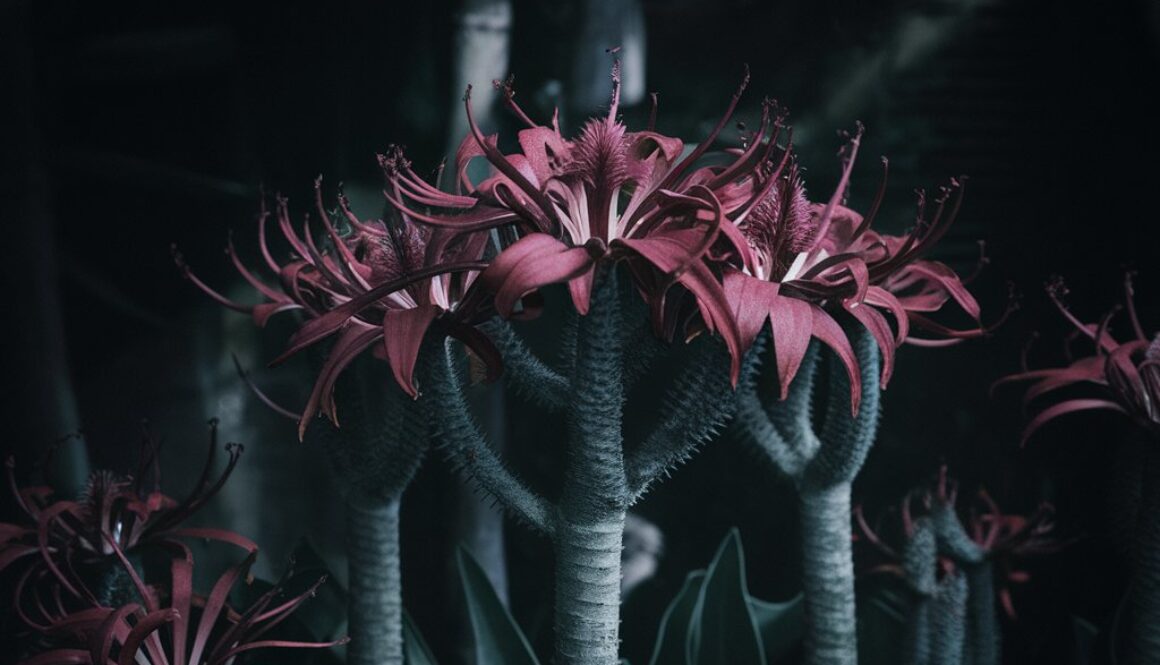Devil tree
The Devil Tree, scientifically known as Alstonia scholaris, is a large evergreen tree native to the Indian subcontinent, Southeast Asia, and Australia. It is also known as the “Dita Tree” or “Saptaparni” in Sanskrit. Despite its ominous name, the Devil Tree is valued for its medicinal properties and timber. It is a prominent species in traditional medicine systems and plays a significant role in indigenous cultures.
Part Used: Various parts of the Devil Tree are used for medicinal purposes. The bark, leaves, and latex contain bioactive compounds such as alkaloids, flavonoids, and terpenoids, which contribute to its therapeutic effects. These parts are harvested and processed to create herbal remedies used to treat a range of ailments, including fevers, respiratory infections, malaria, and gastrointestinal disorders.
Usage: In traditional medicine, Devil Tree is highly regarded for its antimicrobial, antimalarial, and anti-inflammatory properties. The bark and leaves are commonly used to prepare decoctions, tinctures, and powders for internal consumption or topical application. The latex, known as “Dita Bark Gum,” is used as a potent anthelmintic to expel intestinal worms. Additionally, Devil Tree is valued for its ability to relieve pain, reduce fever, and promote overall well-being.
Agrotechniques: Cultivating Devil Tree requires a warm, tropical climate with well-drained soil and ample sunlight. It is a hardy species that can tolerate a wide range of soil types, including sandy, loamy, or clayey soils. The tree can be propagated from seeds or stem cuttings, with planting typically done during the rainy season. Regular watering and occasional fertilization promote healthy growth and development. Devil Tree is relatively low-maintenance once established but may benefit from pruning to shape the canopy and remove dead or damaged branches. Harvesting of bark and leaves can be done as needed, ensuring sustainable practices to preserve the health of the tree and its surrounding ecosystem.

